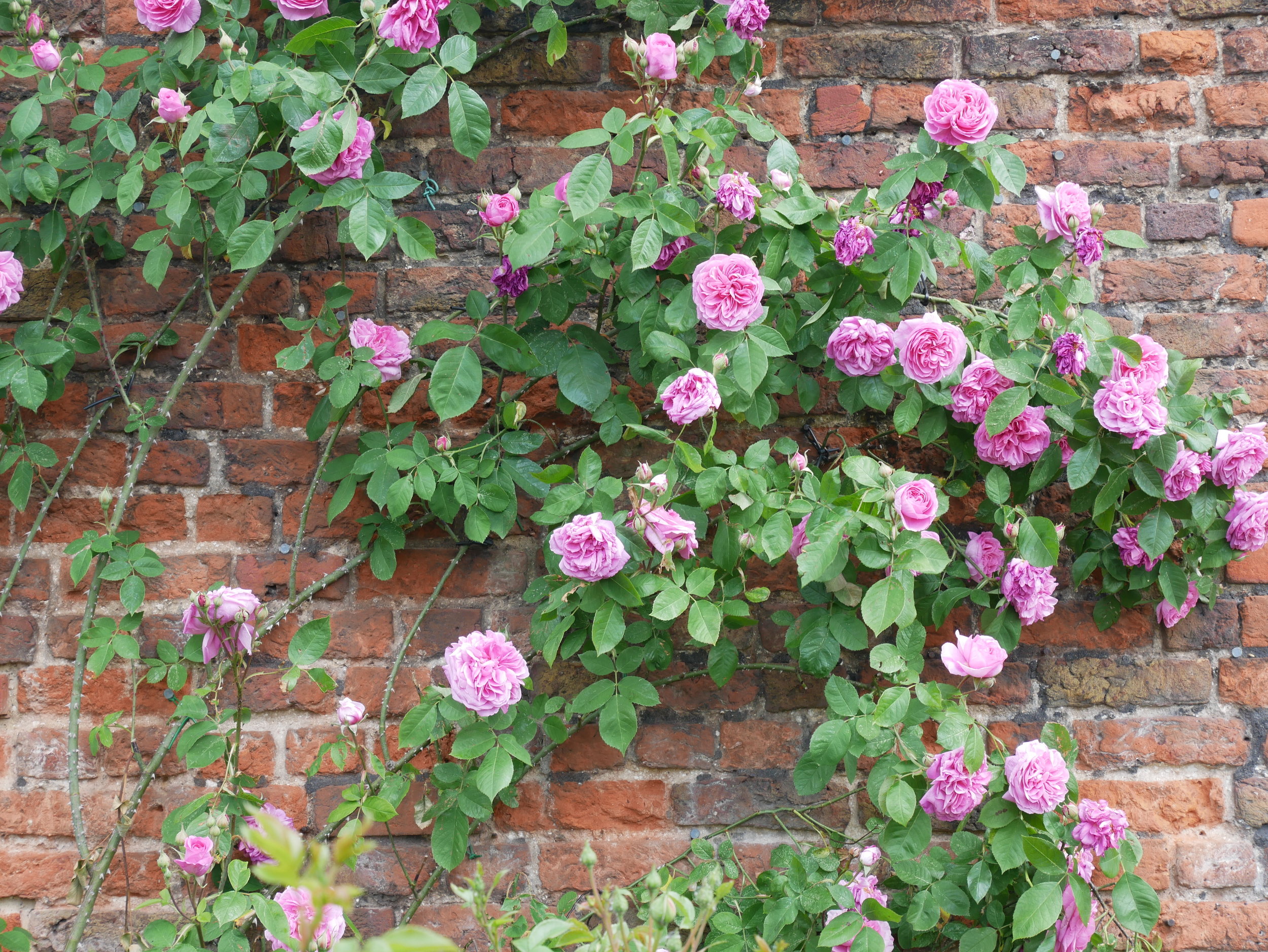Field Notes: Hampton Court Palace Rose Garden
Designed by Kings and Queens from Tudor times through to Victorian, the historic Hampton Court Palace located on the River Thames has over five hundred years of gardening history. A walled garden originally planted with old English scented roses. A visit in May, between the spring flowering bulbs of lupins and echiums, roses still provide a stunning array of colour and scent with varieties such as Rosa 'Gertrude Jekyll', Rosa 'Darcy Bussell' and Rosa 'A Shropshire Lad' and amongst them you will find the beautiful statues of Flora, Adonis and Abundance.
Flora
The goddess of the flowering of plants and the season of spring. Her festival, called the Floralia established in 238 BC. A representation of Flora’s head, distinguished only by a floral crown, appeared on coins and her name survives in the botanical term for vegetation of a particular environment.
Abundance
Ops was the Roman goddess of the earth. She was a source of fertility, a goddess of wealth and abundance as her name translates to “plenty”. She was the wife and sister of Saturn.
Adonis
In Greek mythology, a youth of remarkable beauty, the favourite of the goddess Aphrodite (identified with Venus by the Romans). The god of plants and rebirth, summer and vegetation.
“From Charles II’s elegant Long Water, to William III & Mary II’s fine baroque gardens, including the Maze, to dazzling displays of Victorian mass bedding, Hampton Court Gardens have always been at the cutting edge of design.”
Echium pininana
Lupins
Jackdaw
Flora Statue - Goddess of Spring
Bee-friendly Flowers
Abundance
Wild Roses
Garden Pond
Pink Rose













